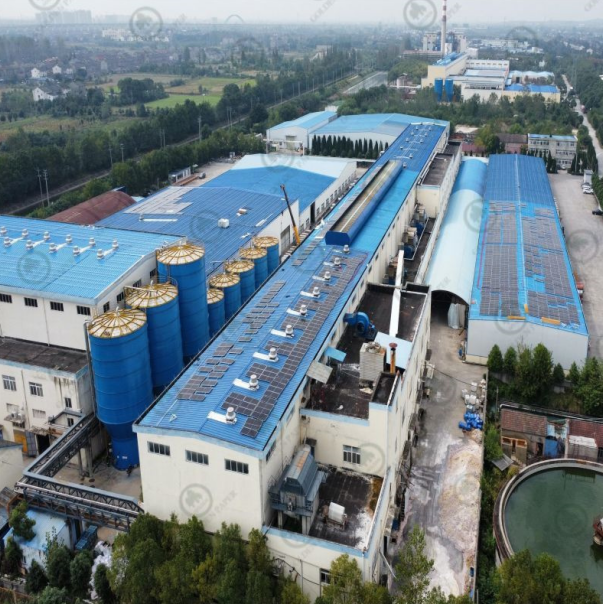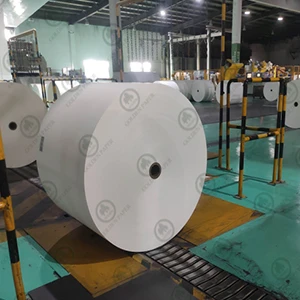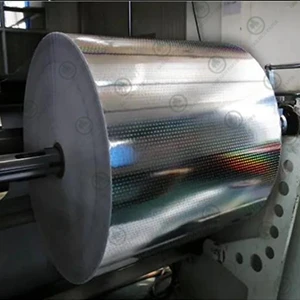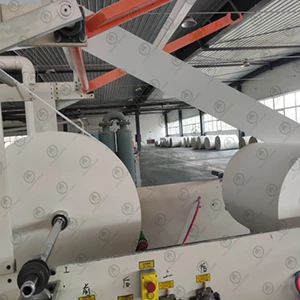Differentiated development strategies and solutions based on enterprise scale, profit and debt.
In today's complex and changing market environment, enterprises are facing unprecedented challenges and opportunities. Enterprises of different scales, profit levels and debt conditions need to adopt different survival and development strategies and adopt differentiated solutions in order to stand out in the fierce market competition and achieve sustainable development. The following is an in-depth discussion on how large, medium and small enterprises can use their own advantages, overcome challenges and optimize business strategies in their respective specific situations.
1. Large enterprises: Seeking progress in stability and innovation-driven
1) Scale advantage: Deepen cost control and improve production efficiency
Large enterprises have significant economies of scale advantages due to their huge size. This means that in multiple links such as raw material procurement, production and manufacturing, and logistics and distribution, large enterprises can obtain resources at a lower cost and achieve economies of scale. In order to further optimize cost control, large enterprises should deepen supply chain management and use advanced information technologies such as the Internet of Things (IoT) and big data analysis to achieve transparency and intelligence in the supply chain, reduce inventory backlogs, and improve inventory turnover, thereby reducing operating costs. At the same time, by introducing automated and intelligent production equipment, the flexibility and efficiency of the production line can be improved, while ensuring product quality, shortening the product launch cycle and enhancing market competitiveness.
2) Profit optimization: Strengthen brand building and increase product added value
In terms of profit optimization, large enterprises need to pay more attention to brand building and product innovation. Brand is an intangible asset of an enterprise. A strong brand can not only enhance consumer loyalty, but also bring premium space to the enterprise. Therefore, large enterprises should increase brand publicity efforts, tell brand stories, shape brand image and enhance brand identity through various channels such as social media and content marketing. In addition, through technological innovation and product design upgrades, the degree of product differentiation can be improved and product added value can be increased, such as developing intelligent and customized products to meet consumers' growing personalized needs, thereby expanding profit space.
3) Liability management: Optimize capital structure and reduce financial risks
Faced with high debt, large enterprises need to adopt a prudent financial strategy, optimize capital structure and ensure the safety of the capital chain. This includes reasonably arranging the ratio of long-term and short-term debts, and using diversified financing channels, such as issuing bonds, issuing additional shares, and introducing strategic investors, to disperse financing risks. At the same time, strengthen financial risk management, establish a risk warning mechanism, and regularly conduct stress tests on financial conditions to ensure that the company has sufficient financial flexibility to respond when the external environment changes. In addition, through asset securitization, divestiture of non-core assets, etc., optimize asset structure, improve asset liquidity, and further reduce financial risks.
2. Medium-sized enterprises: precise positioning, innovation-driven development
1) Market positioning: clear segmentation, precise attack
Although medium-sized enterprises are not as large as large enterprises, they are more flexible and easier to respond to market changes quickly. Therefore, it is a wise move for medium-sized enterprises to clarify market positioning, focus on a certain segment, and become a leader in the industry. Through in-depth research on consumer needs in the target market, provide customized and differentiated products or services, and form a unique competitive advantage. At the same time, strengthen interaction with customers, use big data and artificial intelligence technology, precise marketing, improve customer stickiness, and expand market share.
2) Technological innovation: increase investment and enhance core competitiveness
Technological innovation is the key to the leapfrog development of medium-sized enterprises. Enterprises should increase investment in research and development, establish research and development teams or cooperate with universities and scientific research institutions to jointly develop new technologies and new products to improve product quality and added value. Especially in terms of digital transformation, medium-sized enterprises should actively explore the application of emerging technologies such as cloud computing, artificial intelligence, and blockchain to improve production efficiency and operational efficiency, reduce operating costs, and at the same time, innovate business models through digital means to open up new growth points.
3) Financing strategy: broaden channels and reduce financing costs
Difficult and expensive financing is one of the bottlenecks restricting the development of medium-sized enterprises. In order to alleviate this problem, medium-sized enterprises should actively broaden financing channels. In addition to traditional bank loans, they can also consider venture capital, equity crowdfunding, government-guided funds and other financing methods. At the same time, by improving corporate financial transparency, establishing a good credit record, and enhancing the trust of financial institutions, the financing cost can be reduced. In addition, the government-provided financing guarantees, tax incentives and other policies can be used to reduce the burden on enterprises and promote healthy development.
3. Small enterprises: flexible response and win-win cooperation
1) Flexible response: quick response and flexible adjustment
Small enterprises have a natural advantage in a rapidly changing market environment with their flexible operating mechanism. In the face of market fluctuations, small businesses should quickly adjust their business strategies, such as adjusting product lines and changing marketing strategies, to adapt to changes in market demand as quickly as possible. At the same time, use the Internet and mobile technology to carry out e-commerce, expand sales channels, reduce sales costs, and improve market competitiveness.
2) Cost control: fine management and efficient use
Cost control is the key to the survival and development of small businesses. Enterprises should implement refined management, starting from various links such as procurement, production, and sales, to find room for cost savings. For example, reduce operating costs through centralized procurement, optimizing production processes, and reducing inventory. At the same time, improve resource utilization efficiency, such as using energy-saving equipment and promoting circular economy, which not only reduces costs but also conforms to the concept of sustainable development.
3) Cooperative development: resource sharing, mutual benefit and win-win
It is difficult to resist market risks alone, and small businesses should actively seek partners to jointly meet challenges. This includes establishing strategic alliances with other small businesses, sharing customer resources, market information, logistics networks, etc., to achieve resource sharing, reduce costs, and increase market response speed. At the same time, establish industry-university-research cooperation with large enterprises and scientific research institutions, and use external resources to improve their own technical level and innovation ability. In addition, participate in industry associations, chambers of commerce and other organizations, strengthen industry exchanges and cooperation, jointly promote the formulation of industry standards and the standardized development of the market, and create a more favorable external environment for the growth of small enterprises.
Conclusion

The "involution" cycle of the papermaking industry is a complex and long process that requires joint efforts from enterprises, governments and all sectors of society to cope with. Through scientific data analysis and scientific response strategies, we can better understand and predict changes in the industry cycle, thereby providing strong support for the development of enterprises. In the future, with the continuous advancement of technology and the in-depth integration of the market, the papermaking industry is expected to achieve healthier and more sustainable development.
 GOLDEN PAPER
GOLDEN PAPER
 EN
EN
 fr
fr  de
de  es
es  it
it  ru
ru  pt
pt  ar
ar  vi
vi  tr
tr  id
id 












































